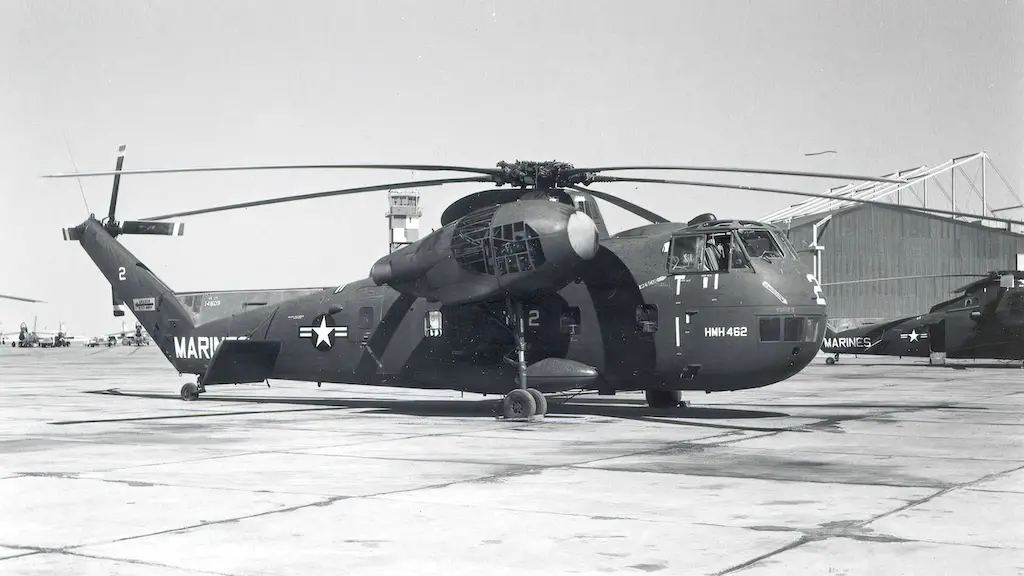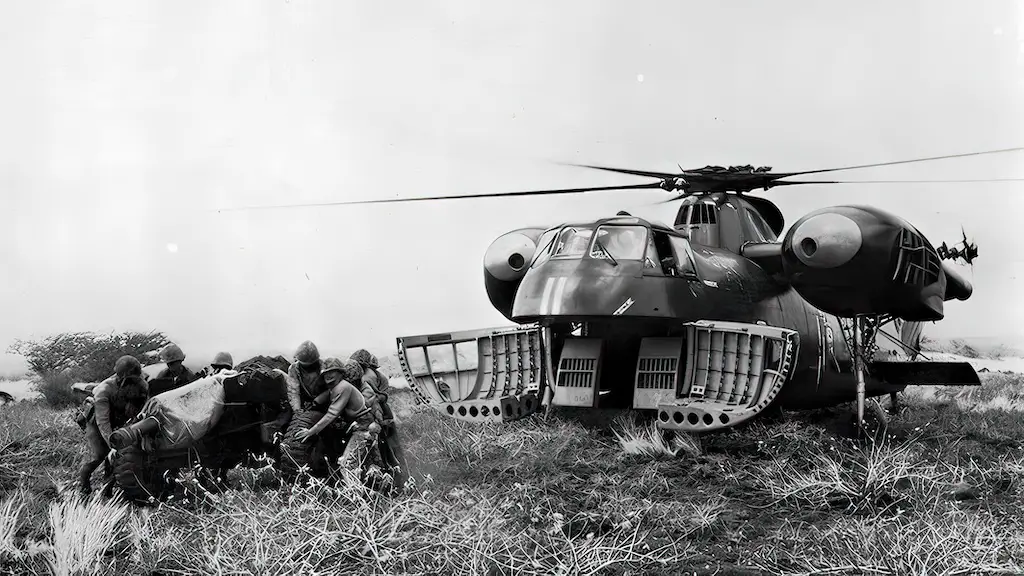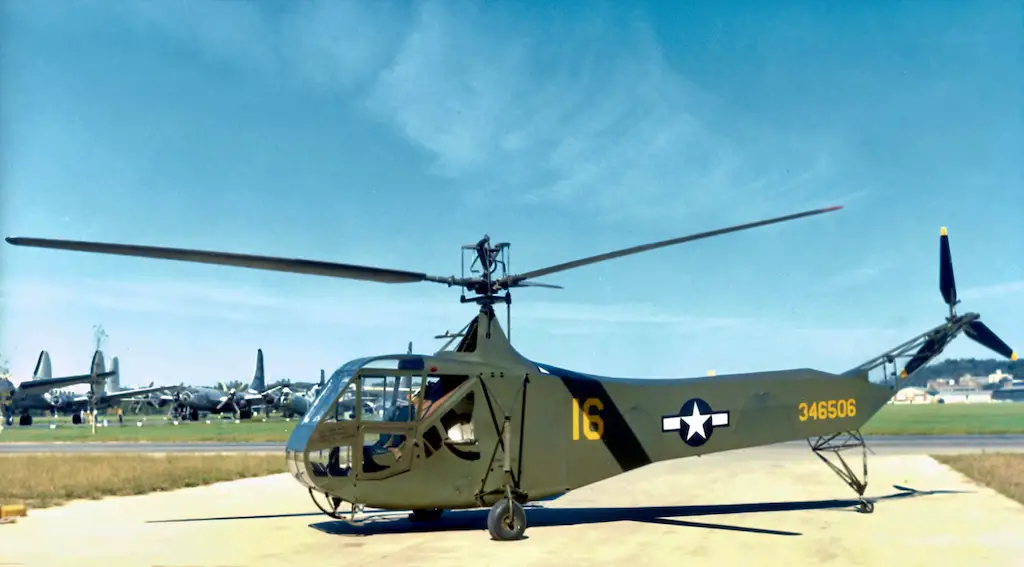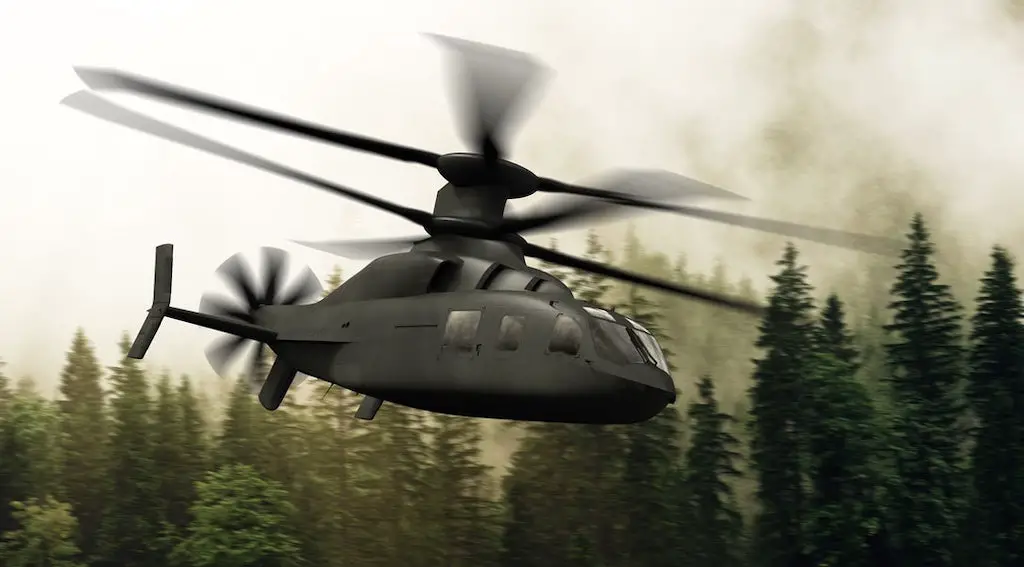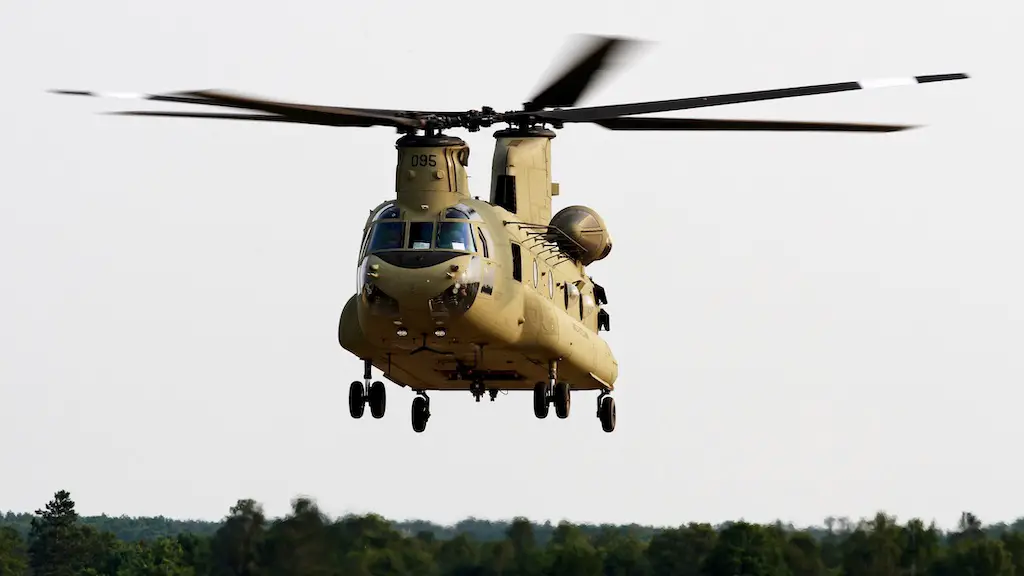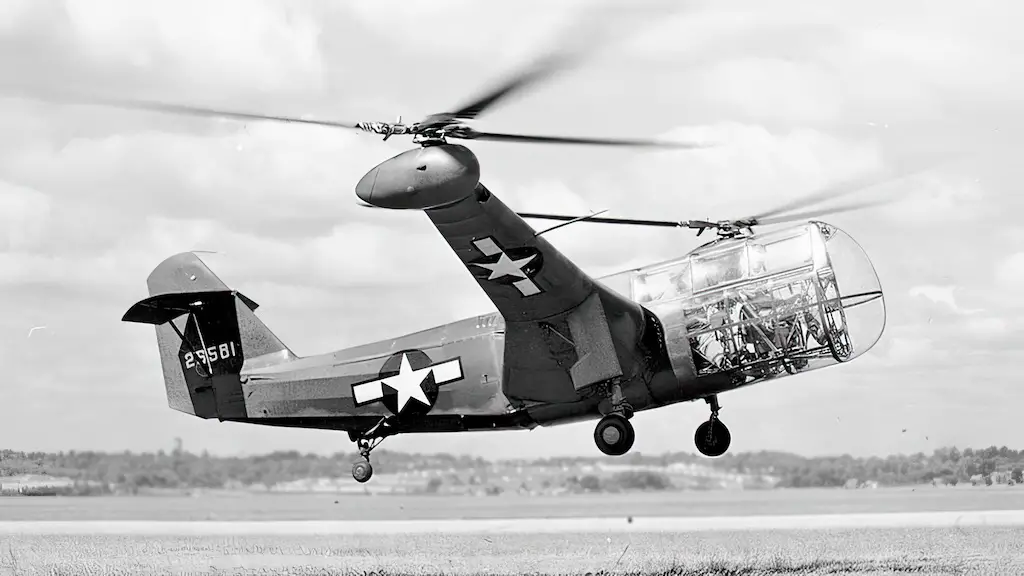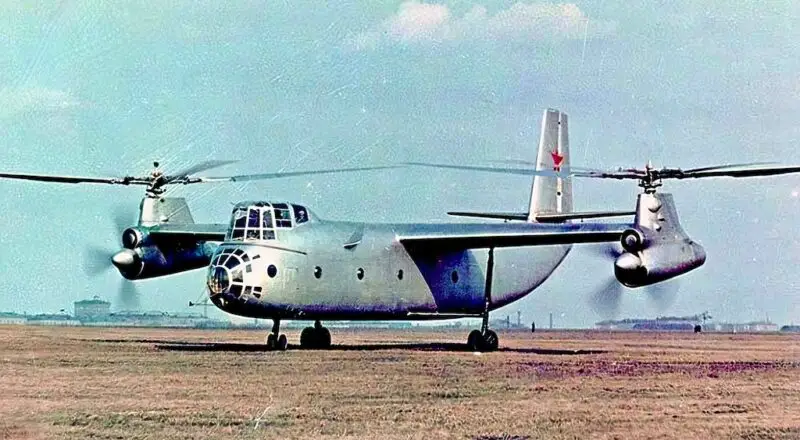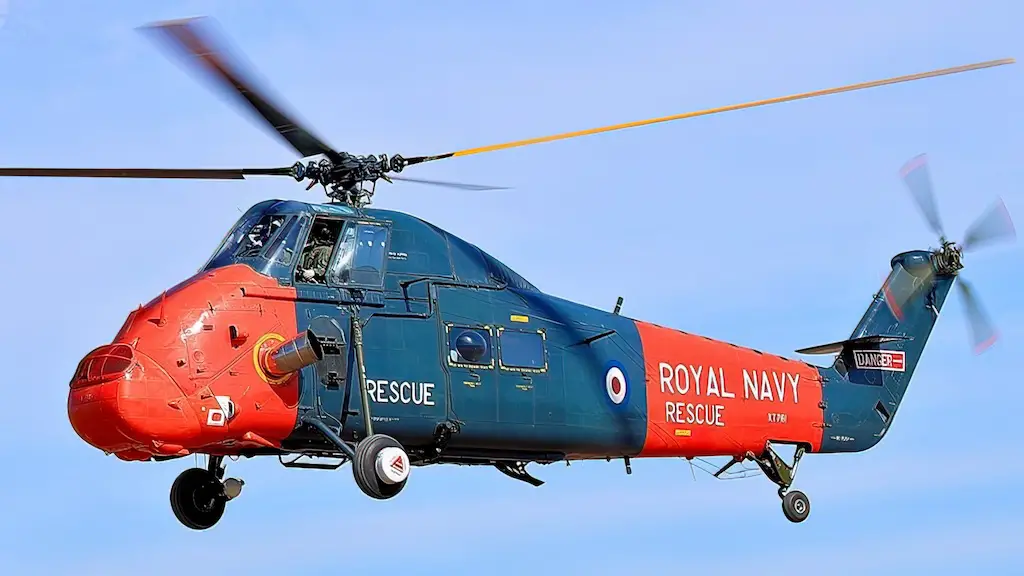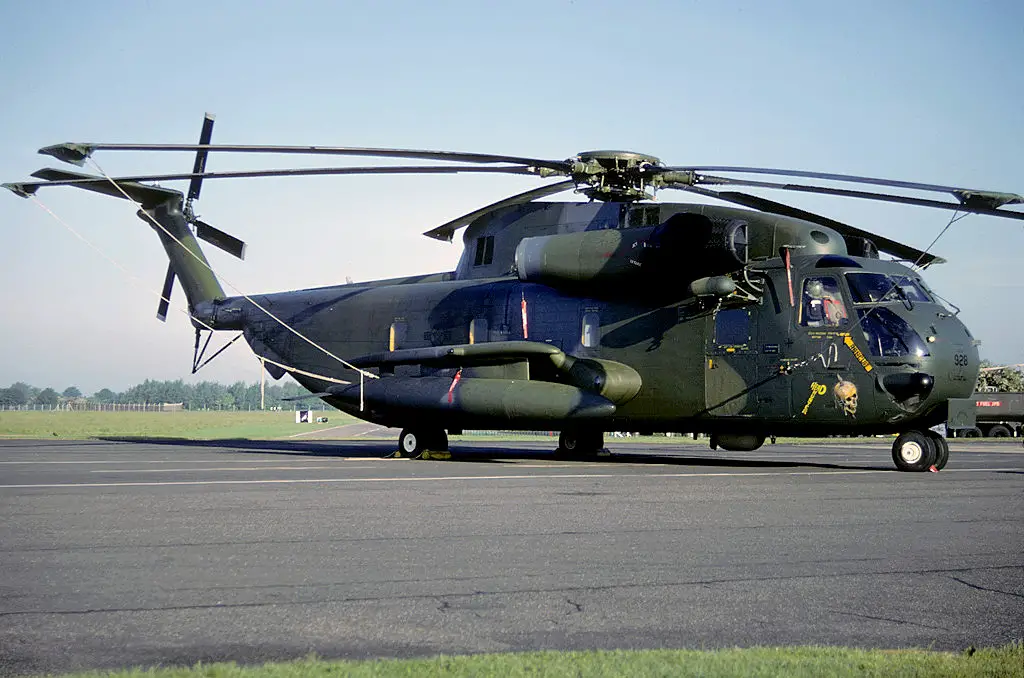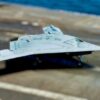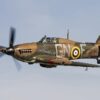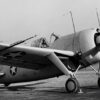Birth of a Behemoth
The Sikorsky CH-37 Mojave, an American-made heavy-lift helicopter, first entered the limelight in the 1950s. Sikorsky Aircraft, known for breaking barriers in aviation, started developing the helicopter in 1951. After rigorous testing and design enhancements, the Mojave debuted in 1956 as the H-37.
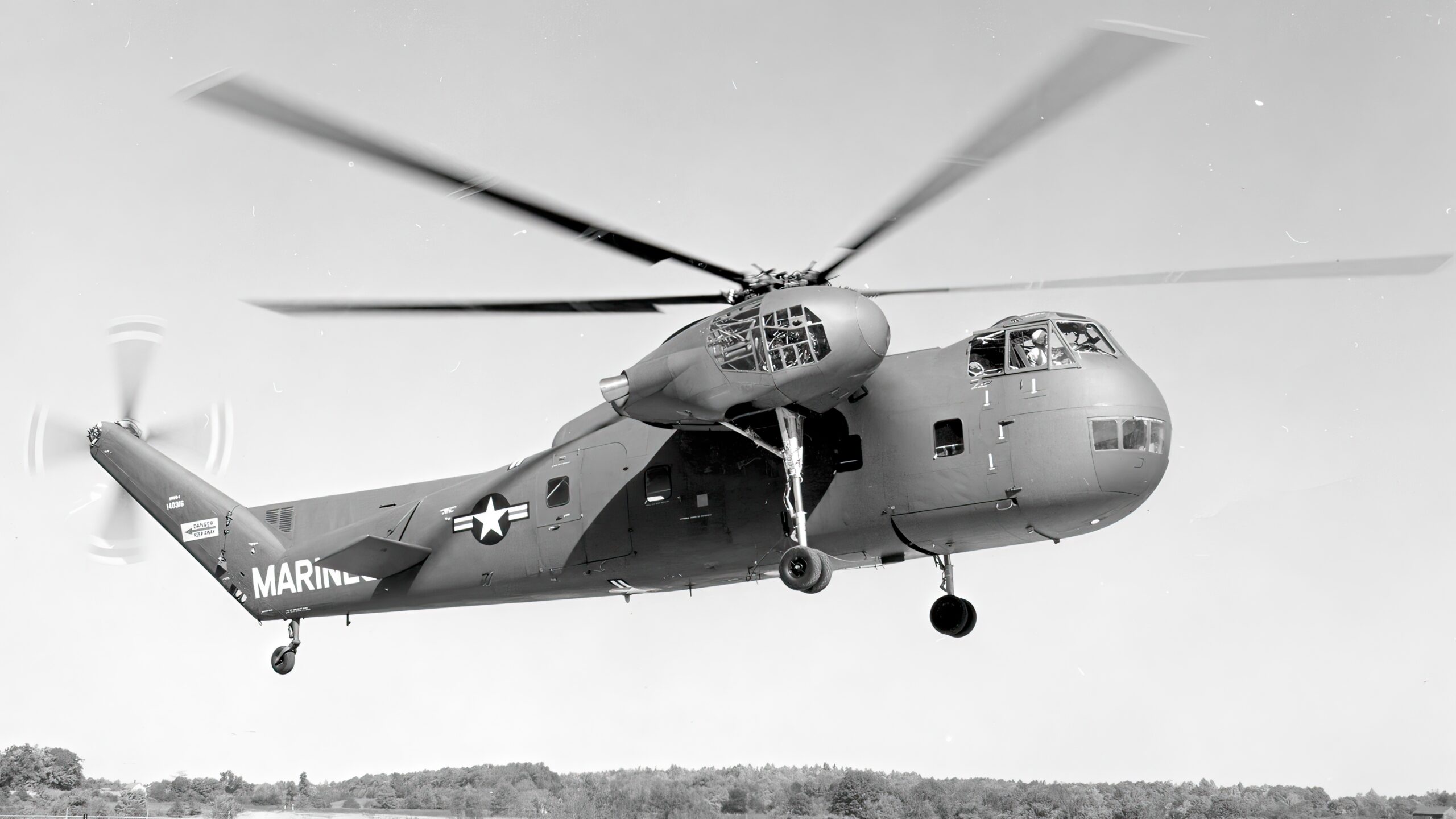
The Piston Engine Innovation
Perhaps the most remarkable feature of the Mojave was its powerhouse. Two Pratt & Whitney R-2800-50 piston engines fueled this airborne giant. Each engine generated 2,100 horsepower, giving the Mojave an unmatched lift capability in its time.
These engines were not tucked inside the fuselage as one would expect. Instead, they resided in pods on either side of the fuselage, a design decision that brought challenges and rewards. While adding complexity to the build, this unusual placement resulted in an uncluttered, spacious cargo bay.
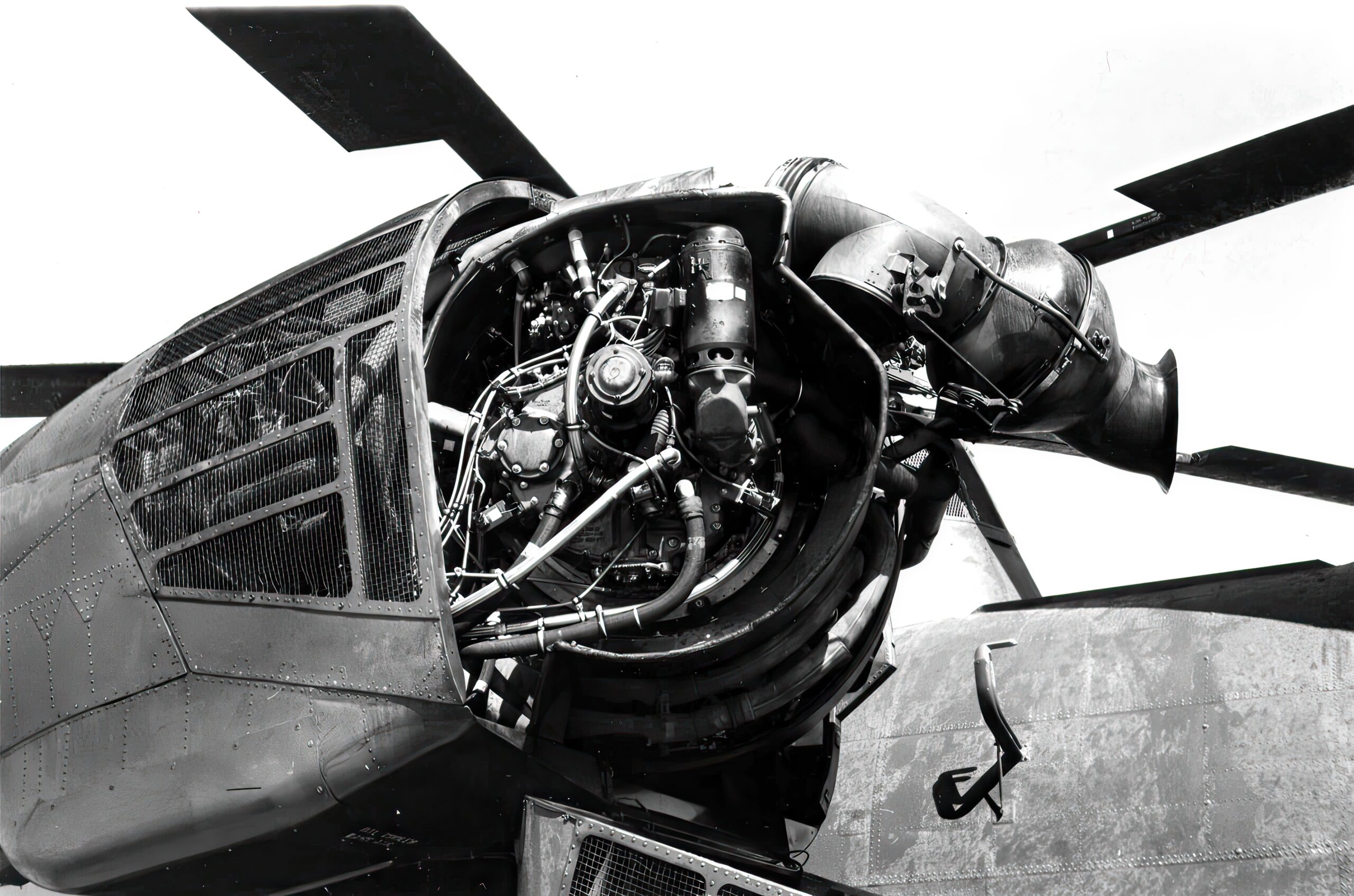
First of Its Kind
The Mojave was not just about brute force. It was also the first helicopter from Sikorsky featuring an automatic blade fold system. This innovative design allowed for easier storage and transportation, particularly aboard naval vessels. With a touch of a button, the enormous rotor blades folded up, making the Mojave more compact without compromising its power.
In the Heat of Battle
The Mojave primarily served the United States Army, delivering heavy-duty performance in various operational scenarios. It transported troops, retrieved downed aircraft, and even carried out missions in the volatile atmosphere of the Vietnam War. The Mojave’s capability to airlift hefty cargo proved invaluable in these military operations.
In one notable instance, a CH-37 hauled a 10,000-pound Yorktown cannon during the American Bicentennial celebration in 1976. This feat underlined its impressive lifting prowess, earning the Mojave a special place in the annals of American aviation.

Signing Off with Style
As with all things, the time came for the Mojave to bow out of active service. The final operational use of the CH-37 took place in the late 1960s, drawing the curtain on its vibrant career. The Mojave’s retirement, however, was anything but a quiet exit.
Despite its withdrawal from active duty, the Mojave continued to take part in special assignments. It also maintained a significant presence in military exhibitions and air shows. Its last public performance came during the American Bicentennial celebration in 1976, where it showcased its lifting prowess by carrying a 10,000-pound Yorktown cannon.
The Sikorsky CH-37 Mojave then transitioned to a new role as a museum piece, a tribute to its robust design and powerful performance. Today, it serves as a point of inspiration for aviation enthusiasts, a symbol of the innovation that characterized the mid-20th century American aeronautics industry.
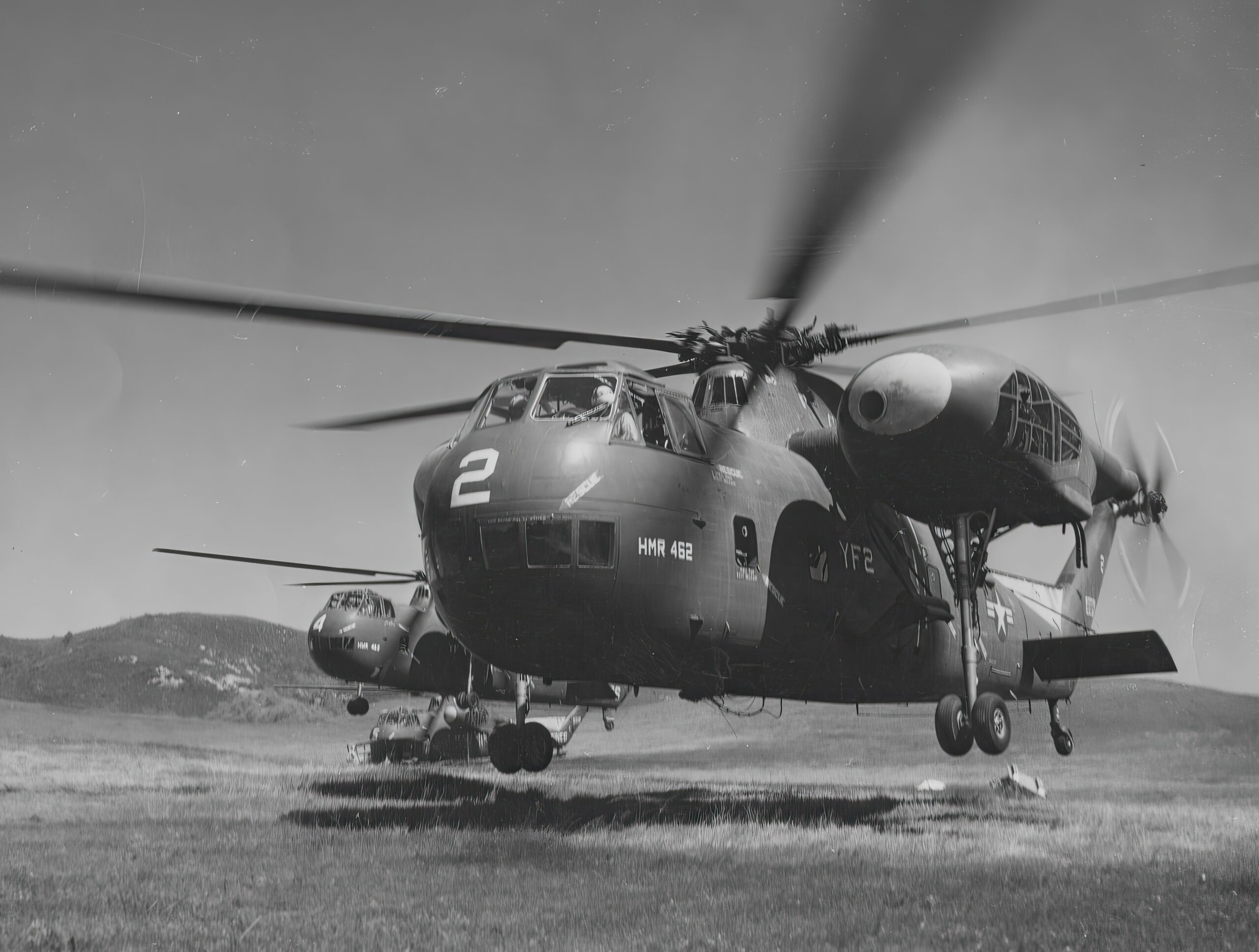
Leaving a Legacy
The Sikorsky CH-37 Mojave may have been retired in the late 1960’s , but its legacy persists. Its robust design influenced the development of other heavy-lift helicopters, including the CH-53 Sea Stallion.
Beyond its direct descendants, the Mojave’s innovative blade fold system became a staple feature in many subsequent helicopter designs. It set the stage for a new era of aircraft storage and transportation, demonstrating that no engineering challenge is too great if it leads to a better solution.
In essence, the Mojave represents a significant chapter in the story of aviation, a testament to Sikorsky’s innovative spirit and America’s ongoing contribution to aerospace engineering. The CH-37 Mojave may have hung up its blades, but its impact reverberates still in the skies above.
